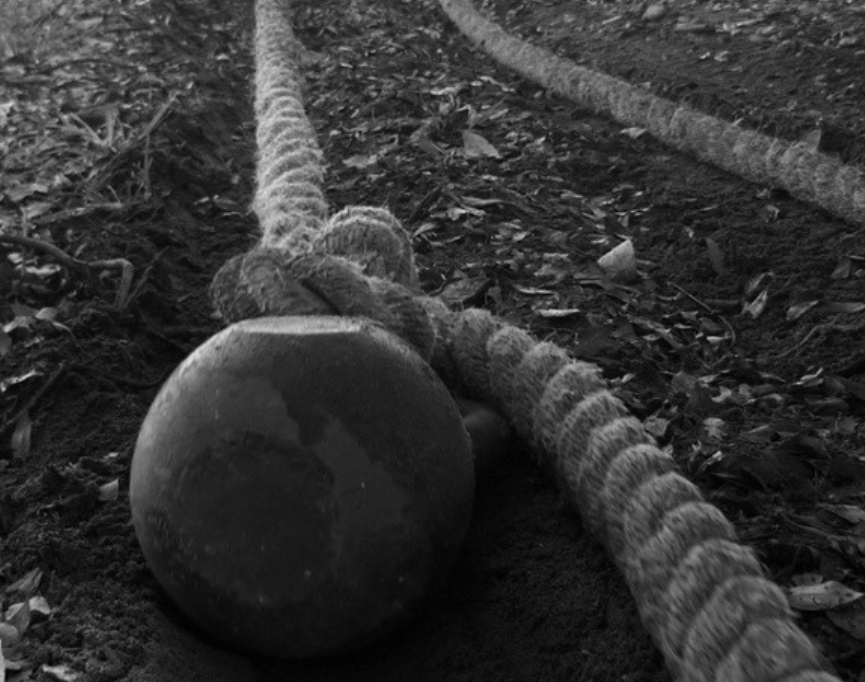In today’s fast-paced world of fitness, it’s easy to get swept up in the latest exercise trends and cutting-edge equipment. But there’s one ancient form of exercise that has stood the test of time and continues to capture the imagination of fitness enthusiasts: Indian club training. These seemingly unassuming wooden clubs have a rich history that spans centuries and continents, evolving from a martial art tool into a popular fitness regimen. Join us as we embark on a journey through time to explore the captivating history of wooden Indian club training.
Origins in India
The roots of Indian club training can be traced back to ancient India, where clubs were initially developed for combat and self-defense. These clubs, known as “mugdar” or “jori,” were crafted from hardwood and often featured ornate designs. Warriors and soldiers used them to strengthen their arms, shoulders, and wrists, improving their combat prowess.
European Adoption
The story of Indian club training takes an interesting turn as it makes its way to Europe. During the 18th century, British colonial officers stationed in India discovered the benefits of club swinging. They brought this knowledge back to Europe, where it gained popularity as a form of exercise and physical culture. It was initially practiced by the upper classes and military personnel.
The Victorian Era and Physical Culture
The Victorian era in the 19th century saw a surge in interest in physical fitness and health. Indian club training fit perfectly into this zeitgeist. It became an integral part of the “physical culture” movement, which emphasized exercise, strength, and athleticism. Gymnasiums across Europe and the United States began offering Indian club classes, attracting both men and women.
Prominent Advocates
Indian club training gained numerous advocates and promoters during this period. Notable figures like Professor E.W. Barton-Wright, who is credited with introducing martial arts in England, included Indian clubs in their training regimens. Barton-Wright even published a manual on club swinging techniques.
Evolution of Techniques
https://www.etsy.com/listing/1566000643/indian-clubs-pair-of-2lb-handcraftedAs Indian club training gained popularity, it evolved into a refined fitness discipline. A wide range of exercises and techniques were developed, with clubs of various sizes and weights to accommodate different levels of skill and strength. These exercises targeted muscle groups throughout the body, promoting balance, coordination, and strength. Click here for more advanced techniques: https://www.etsy.com/listing/1566000643/indian-clubs-pair-of-2lb-handcrafted
Indian Clubs in America
Indian club training crossed the Atlantic Ocean and found a receptive audience in the United States during the late 19th and early 20th centuries. Health enthusiasts and athletes embraced the practice, and Indian clubs became a staple in many American gyms and physical education programs.
Decline and Resurgence
With the advent of modern fitness equipment and exercise trends in the mid-20th century, Indian club training saw a decline in popularity. However, it never completely faded into obscurity. A dedicated group of enthusiasts kept the tradition alive, and in recent years, there has been a resurgence of interest in this ancient practice.
Contemporary Indian Club Training
Today, Indian club training is experiencing a renaissance. Fitness enthusiasts, athletes, and martial artists are rediscovering the benefits of swinging wooden clubs. Modern practitioners appreciate the versatility and effectiveness of Indian club exercises in enhancing functional strength, mobility, and overall fitness.
The Future of Indian Club Training
As we look to the future, it’s evident that Indian club training will continue to evolve and adapt to the changing fitness landscape. With a growing interest in holistic fitness and functional movement, wooden Indian clubs are poised to remain a valuable tool for achieving physical well-being.
The history of wooden Indian club training is a testament to the enduring appeal of ancient fitness practices. From their origins in India to their adoption and evolution in Europe and the United States, these humble clubs have left an indelible mark on the world of fitness. Today, as we seek balance and harmony in our modern lives, Indian club training offers a unique and time-tested path to physical well-being.
There are many variations of Indian clubs, Gadas and Jori entering the fitness space. One of my favorites is the adjustable mace, which can be loaded up to 30kg of additional weight making it excellent for both beginners and advanced lifters.
So, whether you’re a seasoned practitioner or a curious beginner, consider picking up a pair of Indian clubs and taking a swing through time to connect with this rich and fascinating history of exercise and strength.
